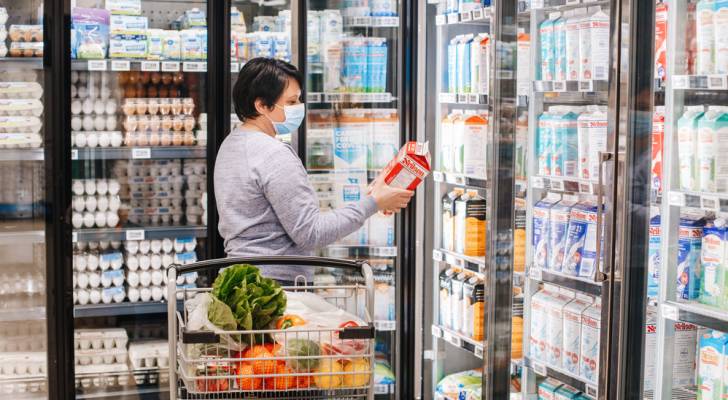
Everywhere across Canada, we’ve heard the rallying cry of “elbows up!” in recent weeks as a response to the tariffs imposed by US president Donald Trump. Industries across the country have been calling to buy Canadian, and at least with our food, consumers seem to have taken that message to heart.
A new report from Food Processing Skills Canada reveals 43% of consumers have made significant changes to their grocery shopping habits in the last two months, with just over eight in 10 saying it’s due to a desire to buy Canadian products.
"There is an opportunity here for Canadian food and beverage businesses to reach consumers looking for local and Canadian products and for policymakers to use the tools at their disposal to get more Canadian products in front of consumers," Jennefer Griffith, Food Processing Skills Canada’s executive director, said in a statement.
Changing tides in the vegetable aisle
Just over three-quarters of respondents say have made changes simply to avoid U.S. products.
What’s more, seniors prioritize buying Canadian, while immigrants and those under 35 place less emphasis on it. Buying products from one’s own province is more important to Quebecers (82%) and less so to Albertans (48%).
A little over two-thirds (67%) of consumers report buying more Canadian products in the past two months, including 26% who indicate buying "much more." Consumers are most likely to report buying more Canadian produce, followed by bakery and grains, canned goods, meat/poultry/seafood and dairy products. Alcoholic beverages are at the bottom of the list. Half of consumers report shopping at Canadian grocery retailers more often.
The top motivations for buying more Canadian products are the belief that it’s good for the economy, "anger/frustration" with the U.S., a desire to help Canadian food and beverage processors and Canadian pride. Very few are motivated by a belief that Canadian products cost less. Slightly over half of consumers who increased their purchases of Canadian products report an increase in their grocery bills, but only 5% consider the increase to be "much more expensive."
Issues with identifying homegrown
This consumer change is not without its problems, as identifying Canadian products remains a significant challenge. Only 40% of consumers find it easy to determine how "Canadian" a product is. The most common method for identifying Canadian products is reading product labels, followed by looking for Canadian symbols on packaging such as a flag.
Only 11% use mobile apps or online tools and only 47% of respondents correctly identified "Product of Canada" as the "most Canadian" product, highlighting a lack of understanding of labeling.
The research shows that just under half of those who haven’t increased their purchases of Canadian products want to start doing so, but difficulty identifying Canadian products is a major barrier for this group. Seven in 10 of all respondents say they would buy a lot more Canadian products if it was easier to determine how Canadian it is.
Survey methodology
A total of 1,500 adult residents from across Canada were surveyed online, between March 17 to 20.
This article provides information only and should not be construed as advice. It is provided without warranty of any kind.


